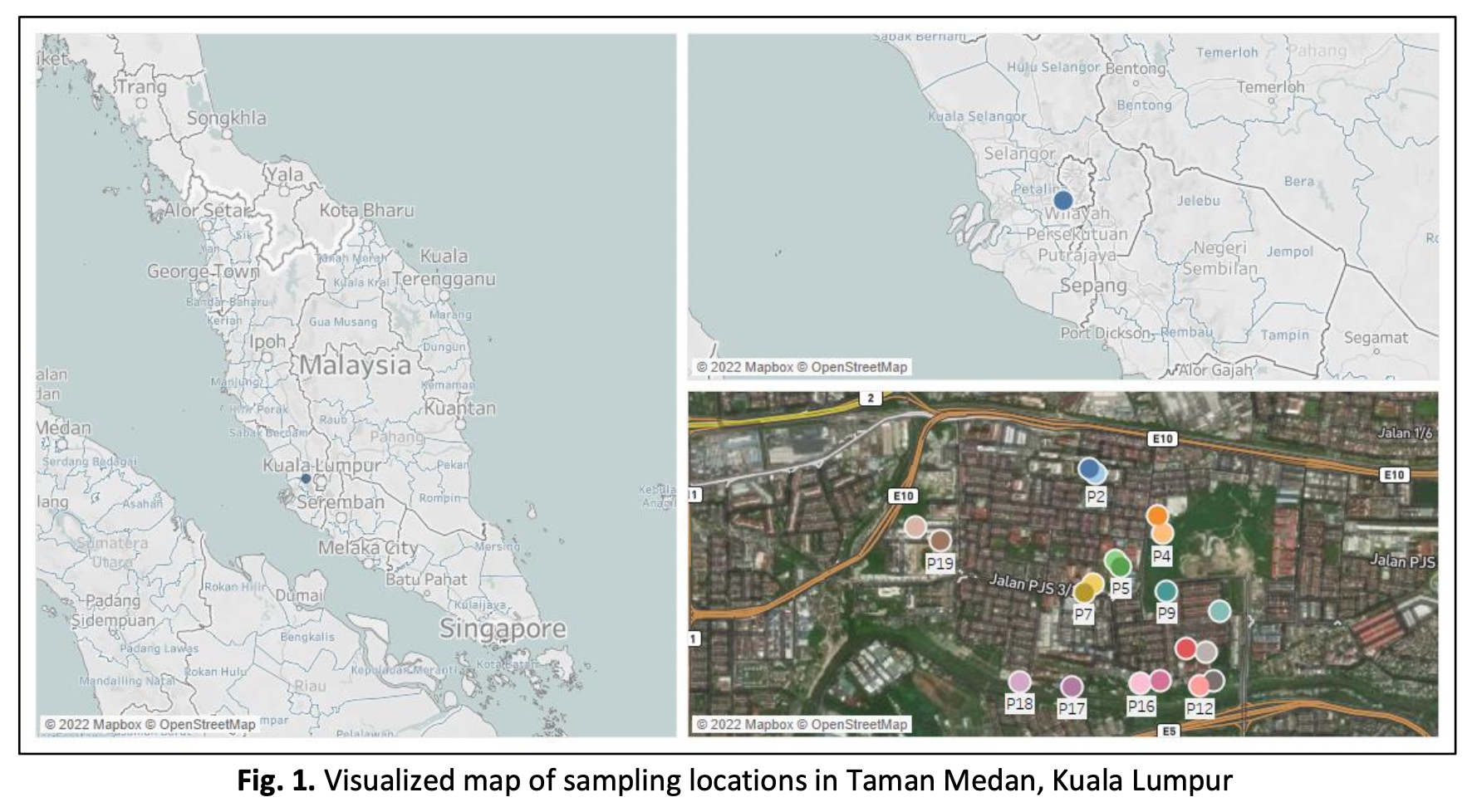Radioactivity and Hazard Risk Analysis of Soil Samples Taken from Former Mining Area in Klang Valley
DOI:
https://doi.org/10.37934/araset.30.2.2940Keywords:
Radioactivity, hazard risk, mining, gamma-ray spectroscopy, Klang valleyAbstract
Radioecology is considered as a significant field in environmental radioactivity that observe the impact of natural or man-made radiation to human population. The awareness towards risk from the radioactivity of the former mining area on human health is always lacking and often underestimated. Hence, this study aimed to evaluate the radioactivity from the residential area in Klang Valley which was a former mining area and to determine its associated risk. 20 soil samples have been collected systematically and analyzed by using the High Purity Germanium (HPGe) gamma spectrometer (Canberra, Australia). The 226Ra, 232Th and 40K were predetermined from the soil samples and were ranged from 11.91-54.09 Bq/kg, 8.95-49.50 Bq/kg and 974.64 Bq/kg, respectively. The risk of radiation hazard to human being were analyzed and categorized based on studied area. As per analyzed the radium equivalent activity, radiation hazard index, external hazard index and total air absorbed dose rate, the value were 305.90 ± 111.84 Bq/kg, 2.25 ± 0.85, 0.30 ± 0.84 and 139.5 ± 49.42 nGy/h, respectively. These values were compared with the recommendation by United Nations Scientific Committee on the Effect of Atomic Radiation (UNSCEAR) international standard safe limit. Locations at point P2, P6, P16 and P17 were observed to have highest potential risk and has a radioactive element that can endanger the health of the surrounding population on external exposure via external exposure and ingestion from the food chain. Overall, the mean annual effective dose from the external exposure received by an individual was estimated to be 0.17±0.01 mSv/y, which is far below than the annual dose limit of 1 mSv/y of the public.
Downloads


























